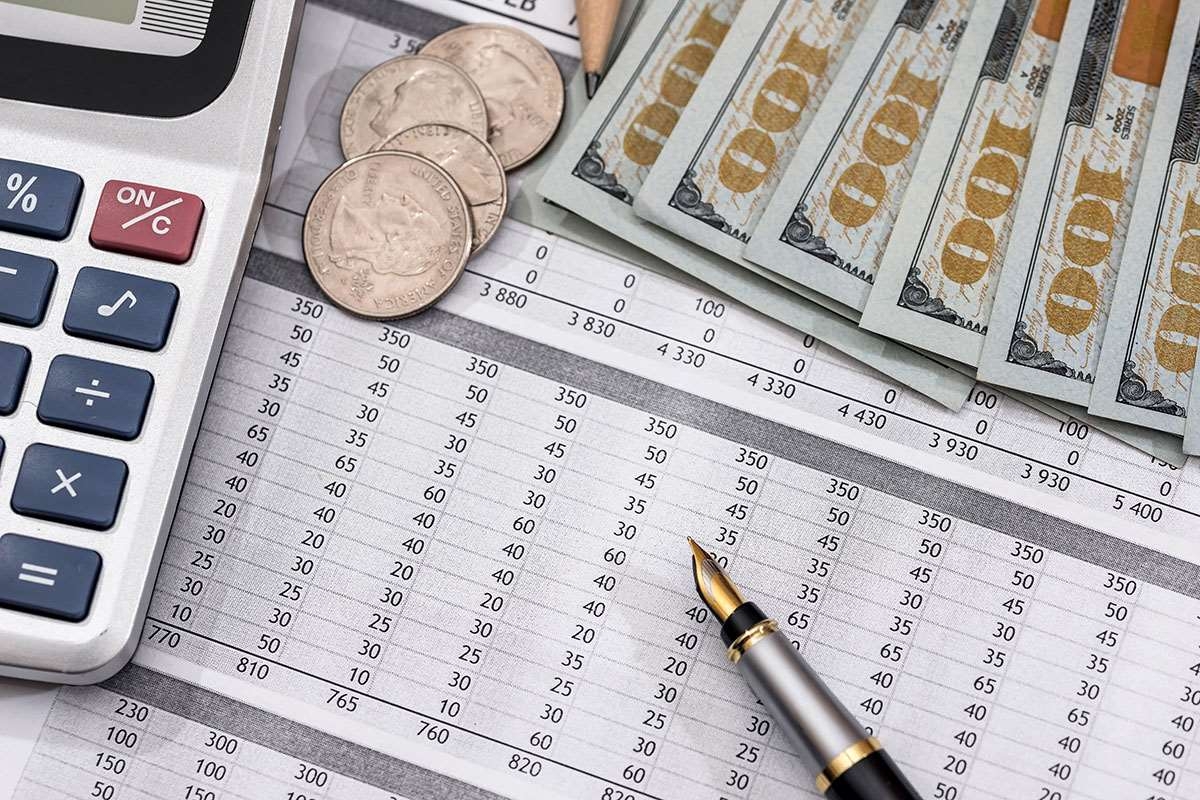
An ascending triangle is a technical analysis chart pattern that occurs when the price of an asset fluctuates between a horizontal upper trendline and an upward-sloping lower trendline. Since the price has a tendency to break out in the same direction as the trend in place before the formation of the triangle, ascending triangles are often called continuation patterns. Traders often wait for the price to break above or below the pattern before entering a position.
This website is using a security service to protect itself from online attacks. There are several actions that could trigger this block including submitting a certain word or phrase, a SQL command or malformed data. Increasing volume helps to confirm the breakout, as it shows rising interest as the price moves out of the pattern.
Ascending Triangle
Buy if the breakout occurs to the upside, or short/sell if a breakout occurs to the downside. For example, if a long trade is taken on an upside breakout, a stop loss is placed just below the lower trendline. Because of its shape, the pattern can also be referred to as a right-angle triangle. Two or more rising troughs form an ascending trend line that converges on the horizontal line as it rises. If both lines were extended right, the ascending trend line could act as the hypotenuse of a right triangle. If a perpendicular line were drawn extending down from the left end of the horizontal line, a right triangle would form.
In contrast to the symmetrical triangle, an ascending triangle has a definitive bullish bias before the actual breakout. If you will recall, the symmetrical triangle is a neutral formation that relies on the impending breakout to dictate the direction of the next move. On the ascending triangle, the horizontal line represents overhead supply that prevents the security from moving past a certain level. It is as if a large sell order has been placed at this level and it is taking a number of weeks or months to execute, thus preventing the price from rising further. Even though the price cannot rise past this level, the reaction lows continue to rise.
The https://business-oppurtunities.com/what-small-business-to-open/ pattern is particularly useful for traders because it suggests a clear entry point, profit target, and stop-loss level. Support and resistance levels represent points on a price chart where there is a likelihood of a letup or a reversal of the prevailing trend. Support occurs where a downtrend is expected to pause due to a concentration of demand, while resistance occurs where an uptrend is expected to pause due to a concentration of supply. In an ascending triangle pattern, the upward-sloping lower trendline indicates support, while the horizontal upper bound of the triangle represents resistance. Traders generally enter a position on a security when its price breaks above or below the boundaries of an ascending triangle.
How Do You Trade the Ascending Triangle Chart Pattern?
It is these higher lows that indicate increased buying pressure and give the ascending triangle its bullish bias. Like other chart patterns, ascending triangles indicate the psychology of the market participants underlying the price action. In this case, buyers repeatedly drive the price higher until it reaches the horizontal line at the top of the ascending triangle. The horizontal line represents a level of resistance—the point where sellers step in to return the price to lower levels. In other words, the upward-sloping trendline that forms the lower boundary of the ascending triangle is acting as support—the level where buyers jump in and prevent the price from falling any lower.
These two types of triangles are both continuation patterns, except they have a different look. The descending triangle has a horizontal lower line, while the upper trendline is descending. This is the opposite of the ascending triangle, which has a rising lower trendline and a horizontal upper trendline. The ascending triangle is a bullish formation that usually forms during an uptrend as a continuation pattern.
Let’s examine each individual part of the pattern and then look at an example. Primus Telecom (PRTL) formed an ascending triangle over a 6-month period before breaking resistance with an expansion of volume. A profit target can be estimated based on the height of the triangle added or subtracted from the breakout price.
What Is an Ascending Triangle?
The lines of the triangle eventually converge, setting the stage for a showdown between upward and downward pressure that could determine which direction the price will move out of the pattern. There are several continuation patterns, including the ascending triangle, that technical analysts use as signals that the existing price trend will likely continue. Other examples of continuation patterns include flags, pennants, and rectangles.

Ascending triangles are often called continuation patterns since price will typically break out in the same direction as the trend that was in place just prior to the triangle forming. The main problem with triangles, and chart patterns in general, is the potential for false breakouts. The price may move out of the pattern only to move back into it, or the price may even proceed to break out the other side. A pattern may need to be redrawn several times as the price edges past the trendlines but fails to generate any momentum in the breakout direction. Volume tends to be stronger during trending periods than during consolidation periods.
Example of How to Interpret the Ascending Triangle
There are instances when ascending triangles form as reversal patterns at the end of a downtrend, but they are typically continuation patterns. Regardless of where they form, ascending triangles are bullish patterns that indicate accumulation. In a well-defined ascending triangle pattern, the price bounces between the horizontal resistance line and the lower trendline.
USDJPY Technical Analysis – ForexLive
USDJPY Technical Analysis.
Posted: Wed, 17 May 2023 10:13:00 GMT [source]
If the price jumps above the horizontal resistance level, it may be a good time to buy, while a move below the lower trendline suggests that selling or shorting the asset could be a profitable move. Traders often protect their positions by placing a stop loss outside the opposite side of the pattern. To determine a profit target, it can be useful to start at the breakout point and then add or subtract the height of the triangle at its thickest point. It is created by price moves that allow for a horizontal line to be drawn along the swing highs and a rising trendline to be drawn along the swing lows.
A triangle is a type of consolidation, and therefore volume tends to contract during an ascending triangle. As mentioned, traders look for volume to increase on a breakout, as this helps confirm the price is likely to keep heading in the breakout direction. If the price breaks out on low volume, that is a warning sign that the breakout lacks strength. For trading purposes, an entry is typically taken when the price breaks out.
- Volume tends to be stronger during trending periods than during consolidation periods.
- The lines of the triangle eventually converge, setting the stage for a showdown between upward and downward pressure that could determine which direction the price will move out of the pattern.
- The ascending triangle pattern is particularly useful for traders because it suggests a clear entry point, profit target, and stop-loss level.
- If the price jumps above the horizontal resistance level, it may be a good time to buy, while a move below the lower trendline suggests that selling or shorting the asset could be a profitable move.
If the triangle is $5 high, add $5 to the upside breakout point to get the price target. Wide patterns like this present a higher risk/reward than patterns that get substantially narrower as time goes on. As a pattern narrows, the stop loss becomes smaller since the distance to the breakout point is smaller, yet the profit target is still based on the largest part of the pattern.
An ascending triangle is generally considered to be a continuation pattern, meaning that the pattern is significant if it occurs within an uptrend or downtrend. Once the breakout from the triangle occurs, traders tend to aggressively buy or sell the asset depending on which direction the price broke out. A minimum of two swing highs and two swing lows are required to form the ascending triangle’s trendlines. But a greater number of trendline touches tends to produce more reliable trading results.